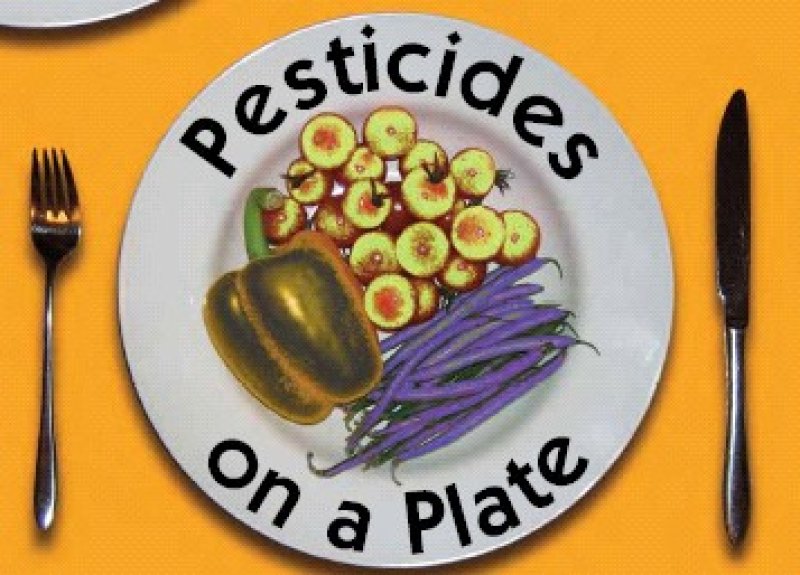A new analysis published in the International Journal of Food Contamination shows that pesticide residues in food are at levels far below those that would pose any health concern.
For more than fifty years, the Food and Drug Administration has gathered data on pesticide exposure via the food that we buy. Inspectors periodically purchase thousands of food items from grocery stores all across the United States, prepare each food for consumption, and then finally examine each item for traces of 300 different pesticides.
Armed with the most recent data, collected between 2004 and 2005 on 2,240 food items, Dr. Carl K. Winter, a food scientist at UC-Davis, estimated Americans’ daily exposure to pesticide residues from food. He then compared the exposure for each pesticide to its known chronic reference dose, an estimate of the amount of a chemical an individual could be exposed every day without any appreciable risk of harm over his or her lifetime. These doses are extremely conservative, often inflated by two orders of magnitude to ensure consumer safety.
The FDA examination detected residues from 77 different pesticides in the collection of 2,240 food items. Winter’s analysis showed that exposure to every single one of them was well below their respective chronic reference doses (RfD).
The highest exposure relative to its RfD was of the insecticide methamidophos, which reached 16%. Methamidophos is commonly used on potatoes and rice from Latin America. It is no longer used in the United States.
Interestingly, two insecticides that have been banned for decades — DDT and dieldrin — were present in foods at 1.3% and 2.0% of their RfDs respectively.
Overall, the study’s findings are good news for the safety of American consumers.
The GLP aggregated and excerpted this blog/article to reflect the diversity of news, opinion and analysis. Read full, original post: Pesticide Residues in Food No Danger to Consumers































